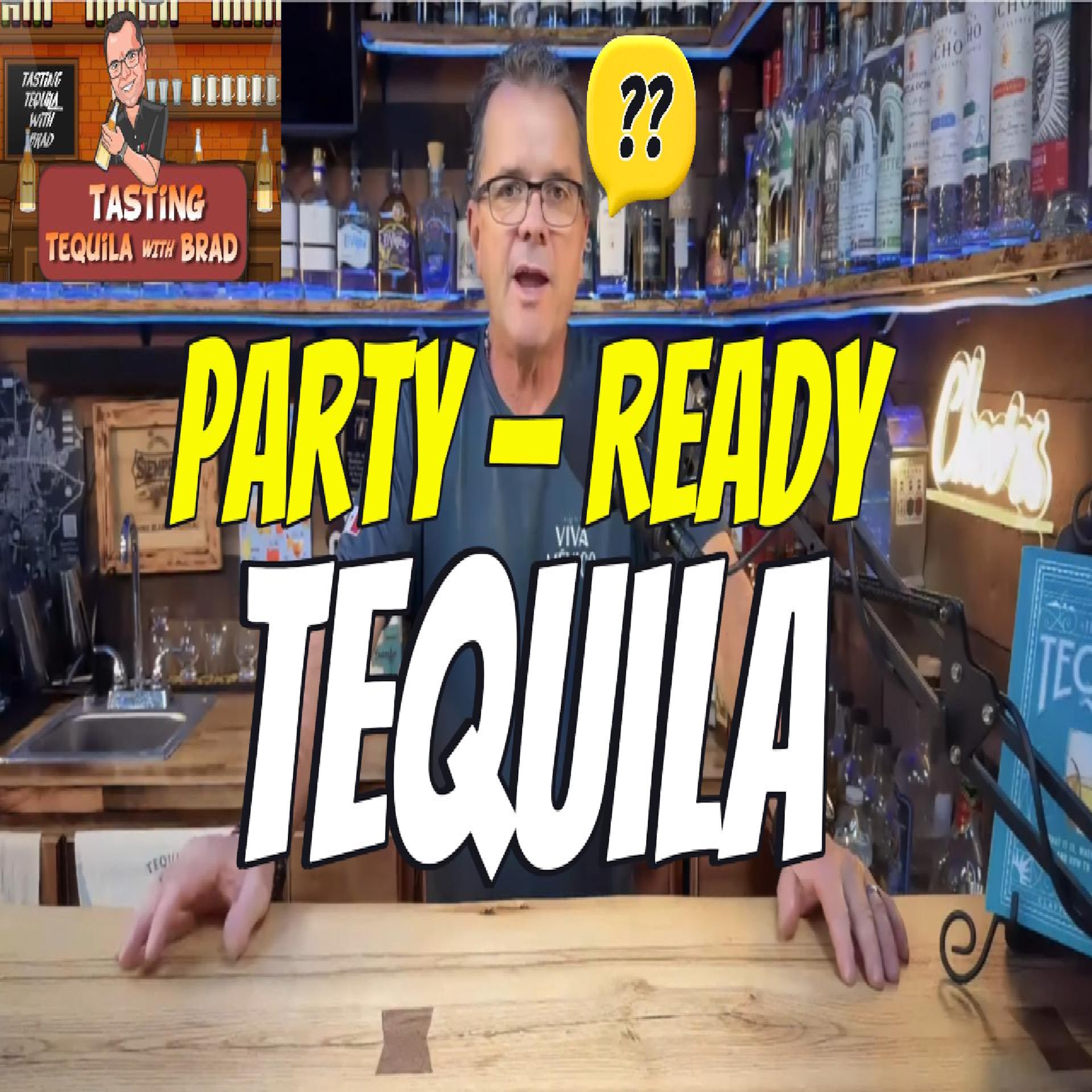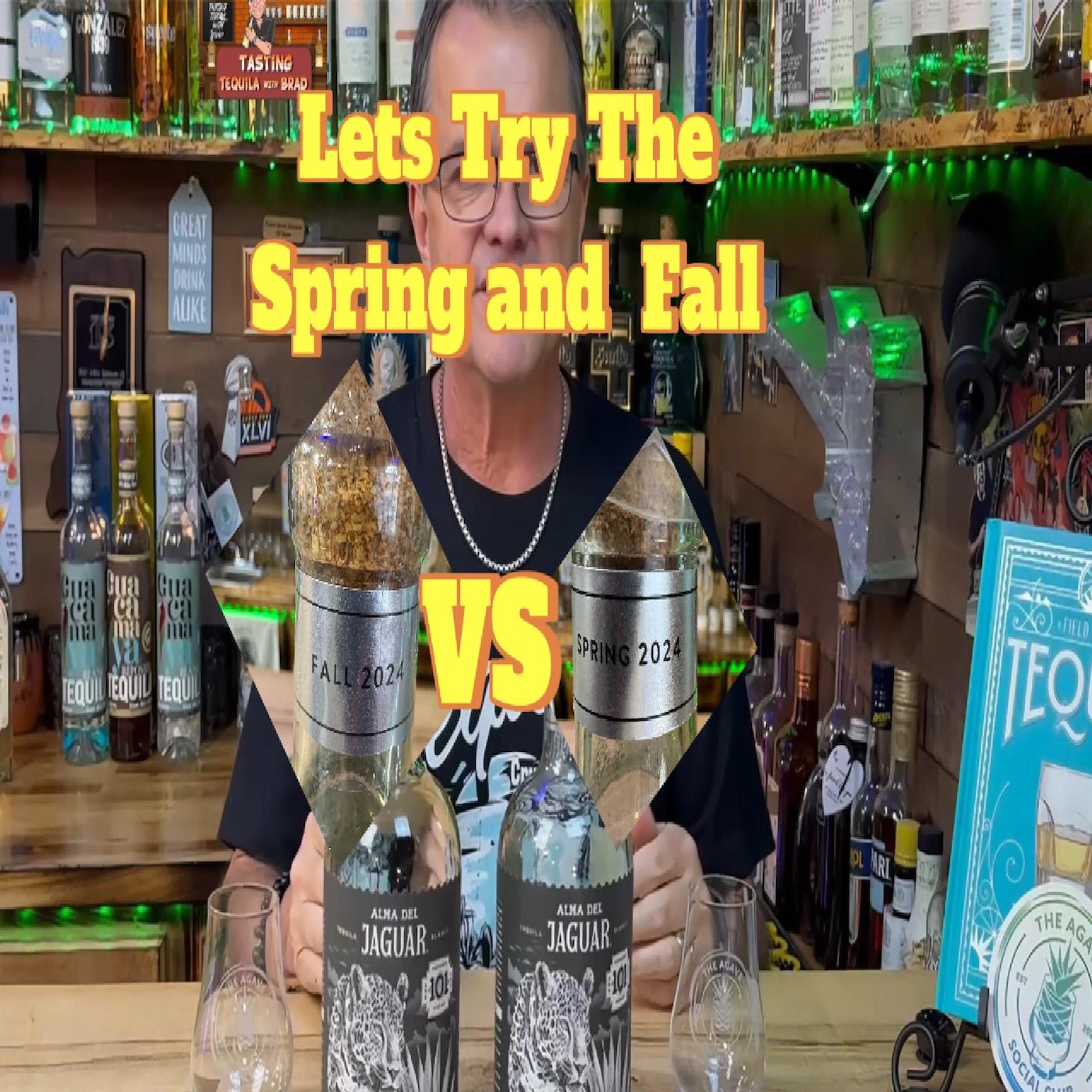Episode Transcript
[00:00:00] So you think you know tequila? Let's put it to a test. I've got a quiz three question quiz to separate casual drinkers from true tequila aficionados. Here's the thing. Real tequila isn't just for party shots. It's a craft spirit every bit as complex as fine wine or whiskey. The quiz hints on three key pieces of tequila knowledge. Keep score and let's see where you stand. First question it's a basic one. Question one. What's the difference between tequila labeled 100% D agave and one simply labeled tequila?
[00:00:33] A, is it the region of Mexico where it's produced? B, is it the type of yeast that's used for fermentation? Or C the percentage of sugars that come from the agave plant? The answer C, a bottle that just says tequila is a mixed dough which only needs to get 51% of its sugars from Agave. The other 49% can come from other sugars like corn syrup. A true quality tequila will always proudly state 100d agave, meaning every drop of the alcohol comes from the blue Weber agave plant. All right, question two gets into how.
[00:01:09] Let's say you have 200% D agave tequilas. One was made with a traditional stone tona and the other with a modern diffuser. What flavor profile would you expect from a tequila with a traditional taona? Is it natural, clean, almost vodka like profile? Is it B earthy, vegetal rich agave forward or C sharp, acidic flavor with strong chemical notes?
[00:01:40] Correct. The answer is B, a tahona, a giant stone wheel that slowly crushes cooked agave, keeping the fibers in the mix, creating an earthy, complex agave rich flavor. A diffuser is an industrial shortcut. It uses hot water and sometimes chemicals to blast the sugars from the raw agave, which can strip away the natural character, often resulting in a harsh or neutral spirit. Final question. You're looking at a bottle of anejo. According to the official regulations, what is the minimum aging requirement for tequila classified as anejo? Is it at least two months in an oak barrel, A B, is it one year in an oak barrel, or C at least three years in an oak barrel? Correct answer. B, at least one year. Here's a quick rundown. Blanco is unaged. Reposado is rested from two months up to a year, and an is aged at least one year, but less than three. If it's aged for three years or more, it's an extra on yeho. Time to tally up your scores. If you got one out of three. You're just a tequila enthusiast and you're on the right track of exploring the good stock. If you scored a two of three, you know what? You may be a tequila aficionado and you know what to look for and what to avoid. If you went perfect three of three, congratulations. You're a certified tequila snob. You respect all the craft and understand the nuances. Appreciating tequila is all about understanding the craftsmanship behind it. Now for the real test. Drop your score in the comments and tell me your favorite tequila and why. If you learned something new, make sure you like and subscribe. Now go find a proper tasting glass and pour something that's 100% D' agave and enjoy. Right here. El Bandido Yankees New Plata 47 High proof from El Bandido Yankee Cheers. Have a great night.


